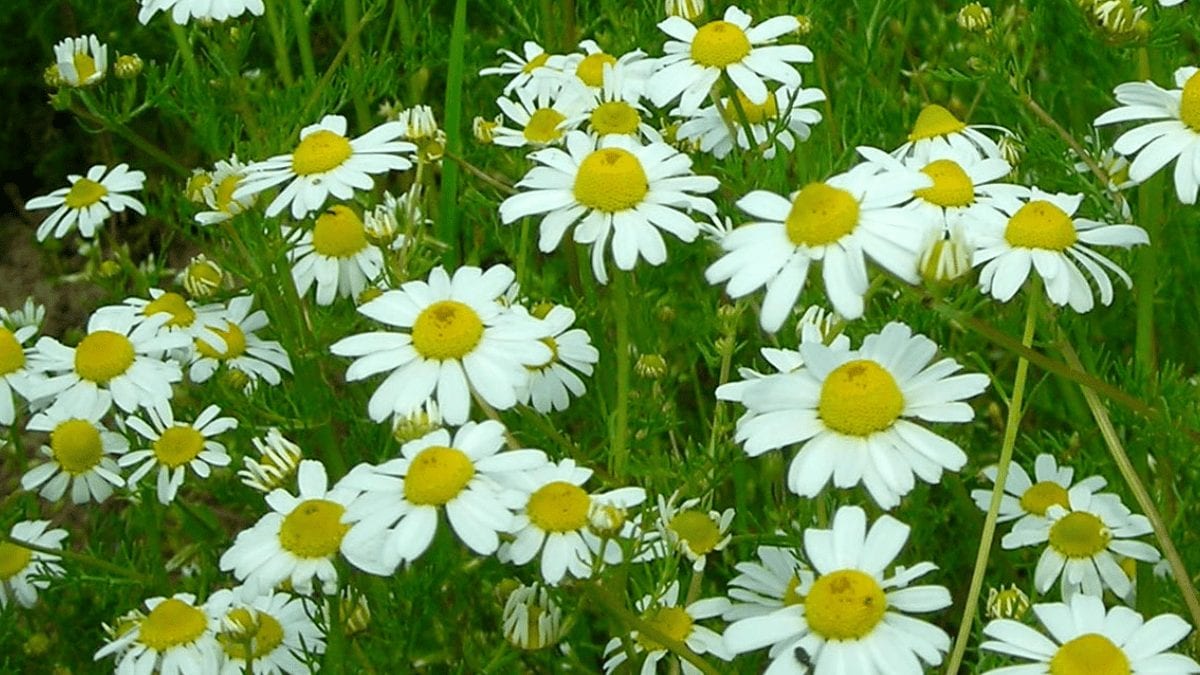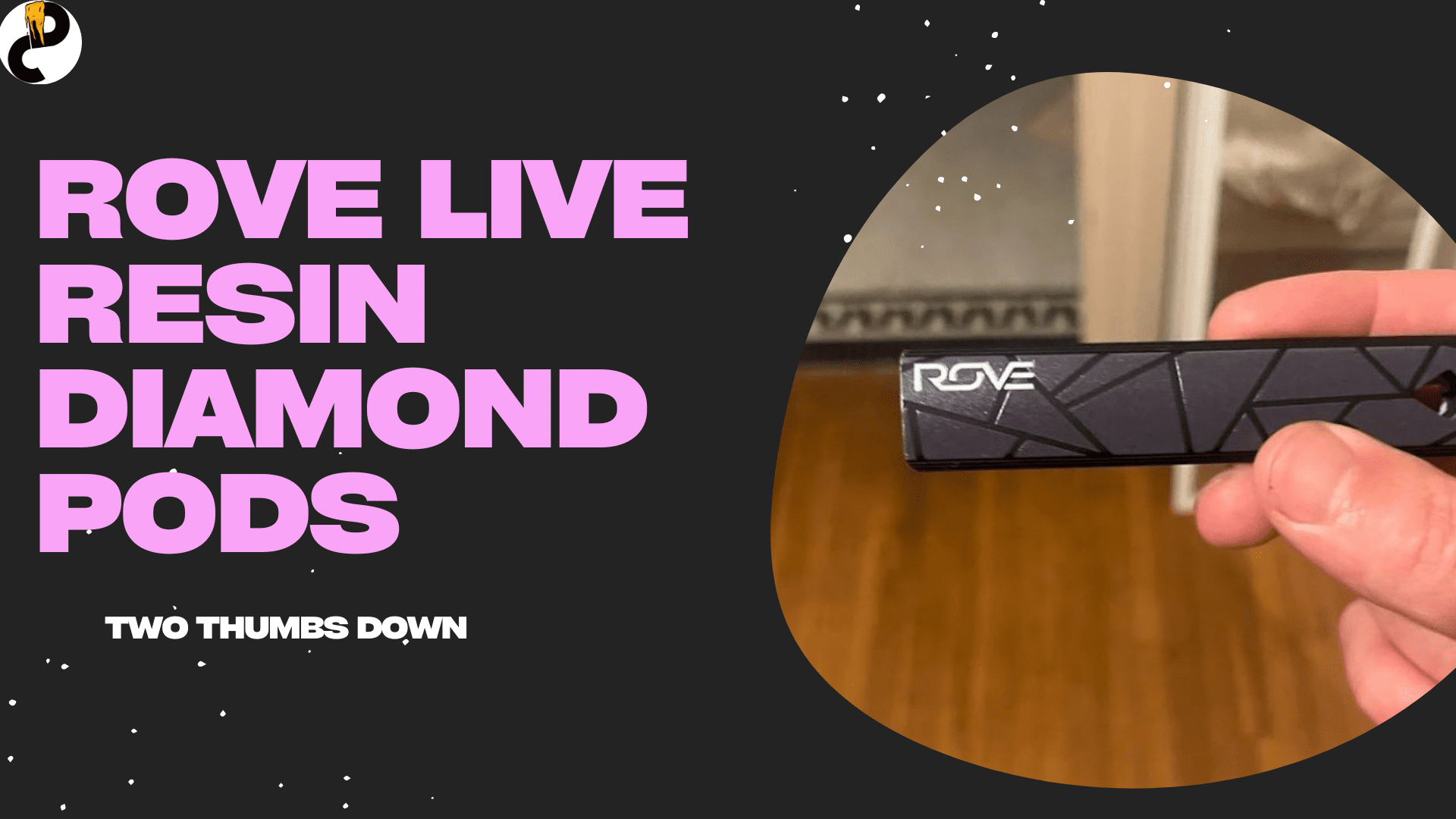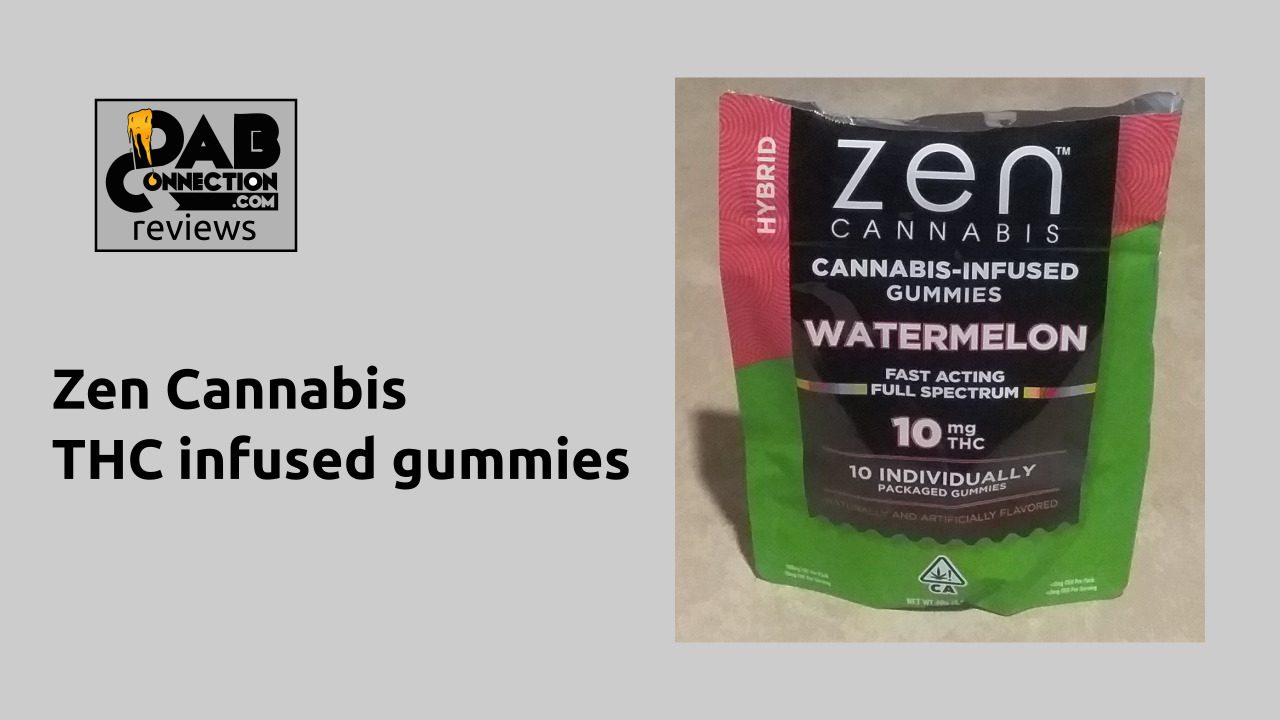Bisabolol : A Cannabis Terpene

Bisabolol is also known as alpha-bisabolol or levomenol
It is a rare case among cannabis terpenes, because it’s not found as commonly in nature as other terpenes. Among the few sources of bisabolol:
- German chamomile – the world’s leading source for the stuff.
- South American candeia tree
- Myoporum crassifolium – a plant in the figwort family
- Some poplar tree species – found in the leaf buds
Flavor and aroma:
Bisabolol’s aroma is light, fragrant, and floral, just like the chamomile flower. The flavor is almost imperceptible, but has a sweet, dry taste lightly hinting of apple cider.
What it does:
Bisabolol is one of the most soothing cannabis terpenes. It’s an antioxidant, and is anti-inflammatory and anti-microbial as well as analgesic (meaning it relieves pain). It’s been suggested as a good cure for insomnia. Its companion plant, chamomile, is made into a tea which is traditionally a bedtime drink. Needless to say, it brings a big medicinal dose of calm to the entourage effect.
Bisabolol is used heavily in the cosmetics industry for its skin-care properties.
Where to find it:
Strains of cannabis with a high bisabolol profile include:
- Harle-Tsu
- Pink Kush
- Headband
- OG Shark
- ACDC
- Rockstar
- Master Kush
Fun facts:
When you ask about bisabolol, you’re mainly going to find information on chamomile, which is loaded with the stuff as its active ingredient. Chamomile, out of all the essential oils, has the longest history of folk therapy use. As an herbal medicine, its history goes back hundreds of years, being one of the most ancient medicinal herbs known. Chamomile has been prescribed for everything from eczema to osteoporosis to the common cold. Take its recommendations with a grain of salt, because a lot of bisabolol’s reputation is tied up with 11th-century nobles swearing that a cup of chamomile tea cured their gout.






